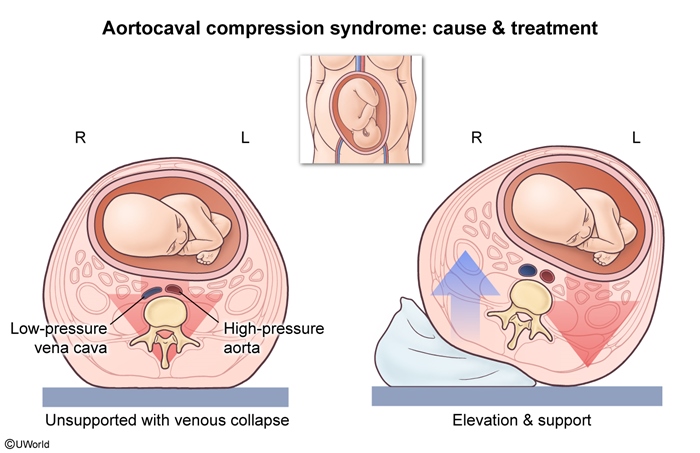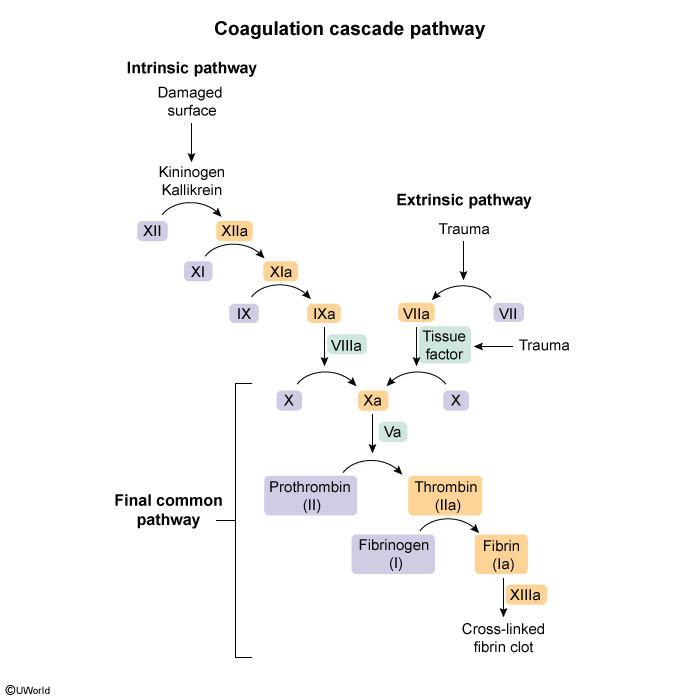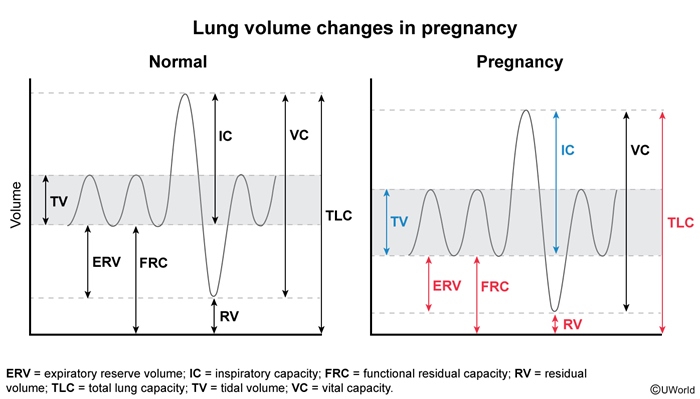Physiologic Changes In Pregnancy
Article Sections
Introduction
Pregnancy is a state of profound physiologic transformation affecting nearly every organ system. These changes accommodate the developing fetus, prepare the maternal body for labor and delivery, and support postpartum recovery and lactation.
Cardiovascular system
The cardiovascular system undergoes changes early in pregnancy to ensure adequate uteroplacental perfusion, fetal oxygen and nutrient transfer, and waste elimination. This is primarily accomplished through (Table 1):
- Increase in blood volume (both plasma volume and red blood cell mass).
- Increase in cardiac output by the middle of the second trimester.
The cardiac output increases because both the heart rate and stroke volume increase during pregnancy:
- Increase in heart rate by 10-30/min.
- Increase in stroke volume due to an increase in preload (increase in blood volume) and a decrease in afterload (decrease in systemic vascular resistance). Systemic vascular resistance decreases due to the low-resistance placental circulation and systemic vasodilation from increased nitric oxide synthesis and increased resistance to vasoconstrictors (eg, angiotensin II, norepinephrine).
Continue Learning with UWorld
Get the full Physiologic Changes In Pregnancy article plus rich visuals, real-world cases, and in-depth insights from medical experts, all available through the UWorld Medical Library.
Figures

Figure 1

Figure 2

Figure 3
Tables
Table 1
Table 2
Table 3